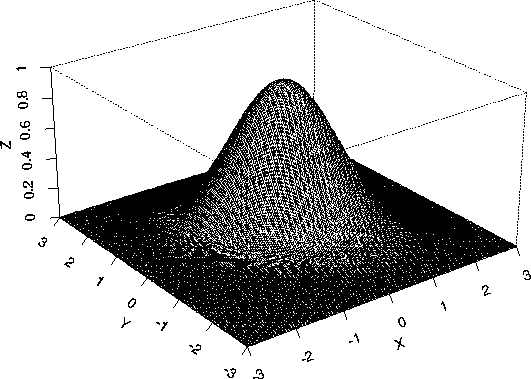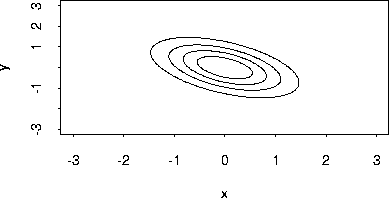STAT 330 Lecture 31
Reading for Today's Lecture: 12.4, 12.5.
Goals of Today's Lecture:
Today's notes
Prediction Intervals: two problems to distinguish
Notation:
![]()
We predict
![]()
by
We get
![]()
Notice:

We can use these formulas to compute means and variances and then to get
Note: The uncertainty in guessing Y is much larger
than that in guessing ![]() . Here is how to calculate these uncertainties.
. Here is how to calculate these uncertainties.


This variance is big when x is far from ![]() and is always bigger than
and is always bigger than
![]() which is the value at
which is the value at ![]() .
.
![]()
and

The term 1 in [] is usually the big term in the sum.
Example: the burner data.
Returning to our example the fitted line is
![]()
and we have the following estimated standard errors:
|
Standard Error of | 25.47 |
|
Standard Error of | 0.09969 |
|
Corr( | -0.9226 |
Here are some predictions, standard errors of ![]() and
Root mean squared prediction errors (which are estimates of the square root
of
and
Root mean squared prediction errors (which are estimates of the square root
of ![]() ).
).
| Std Err of | RMS | ||
| x | | | Pred Error |
| 100 | 125 | 17 | 40 |
| 250 | 382 | 10 | 38 |
| 400 | 638 | 19 | 41 |
Note on alternative variance formulas. The following are all algebraically equivalent
ways to compute ![]() :
:

Correlation Analysis
A different sort of bivariate data arises when the values of x cannot be controlled and instead we have a sample of pairs of numbers.
Our model will be that pairs
![]()
are sampled from a population of pairs.
Our analysis will be based on the assumption that the population distribution of these pairs is bivariate normal.
This means: That a three dimensional histogram (or the so called joint density of X and Y) would look like an elongated bell.

Another description can be obtained by drawing a contour plot of the density. The idea of a contour plot is that the density function f(x,y) describes the height of a surface at the point x,y. Imagine a rounded mountain like say Mount Seymour. If you had a vast saw and cut the top off the mountain the outline of the flat part would, for a bivariate normal density, be an ellipse. These outlines when the mountain is cut off at different heights are plotted below.

Properties of the bivariate normal density:
![]()